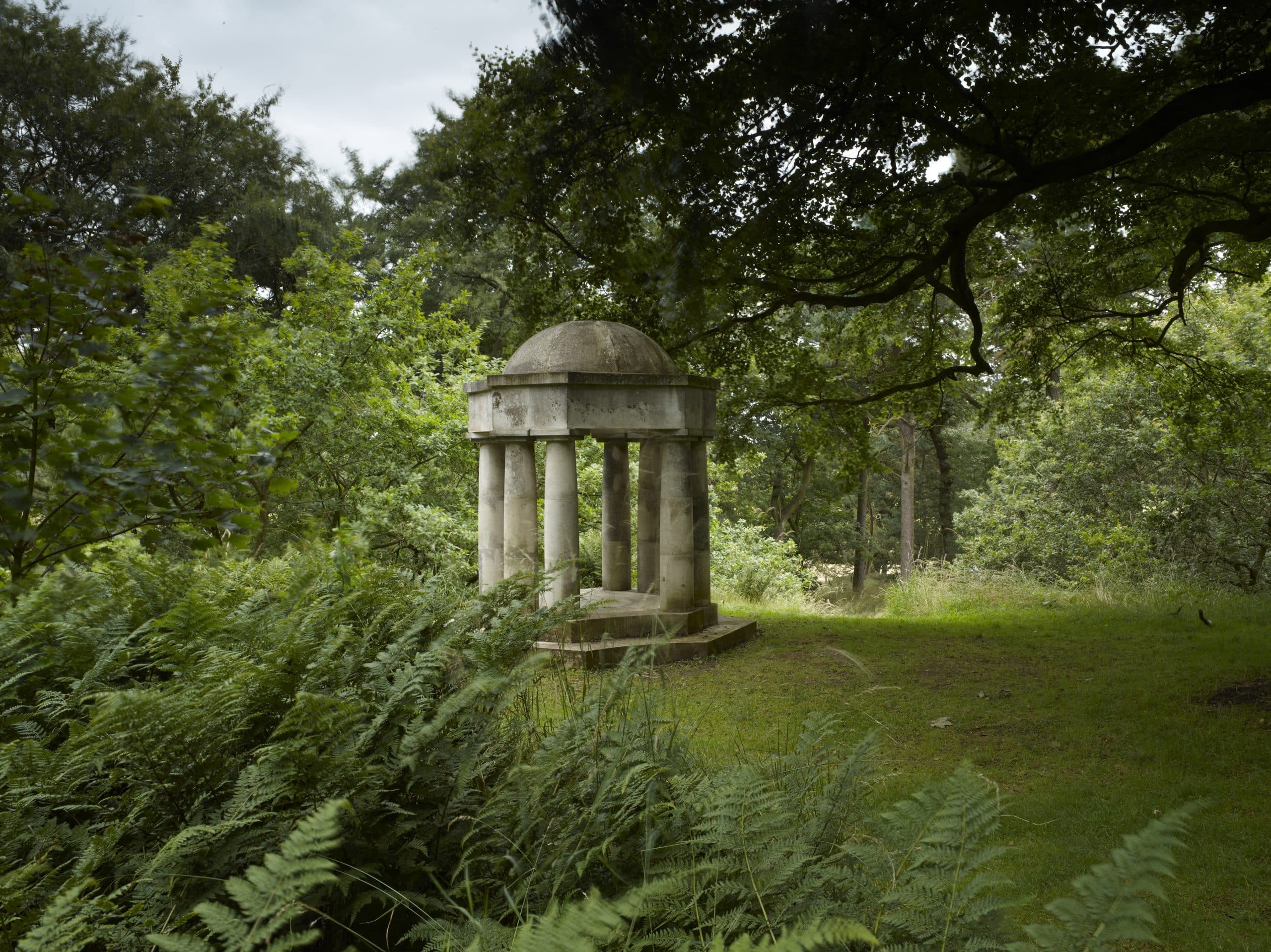About Ian Hamilton Finlay
Ian Hamilton Finlay was an artist, poet, philosopher, gardener and landscape designer. He was born in 1925 in the Bahamas. He was sent to boarding school in Scotland and continued to live there for the rest of his life. He left school at the age of 13 and had a wide variety of jobs from roadman to fisherman to soldier to farm labourer all of which had an influence on his later work.
The intermediary stage in his development from writer to artist was his “concrete poetry” which demonstrated a “formalist purity with a polemical edge”. Much of his work was published through the Wild Hawthorn Press which he co-founded in 1961. Poetry is at the heart of all of Finlay’s work and a further expression of this was the creation of Little Sparta, his garden near Edinburgh. The garden is on a windswept hill and blends classical sculpture with his unique use of language. At every turn, plaques, walls, statues, bridges and paving stones carry poetic and philosophical inscriptions reflecting the enduring themes of Finlay’s art: the 2nd World War, the French Revolution and the Sea. Finlay died in March 2006.


















